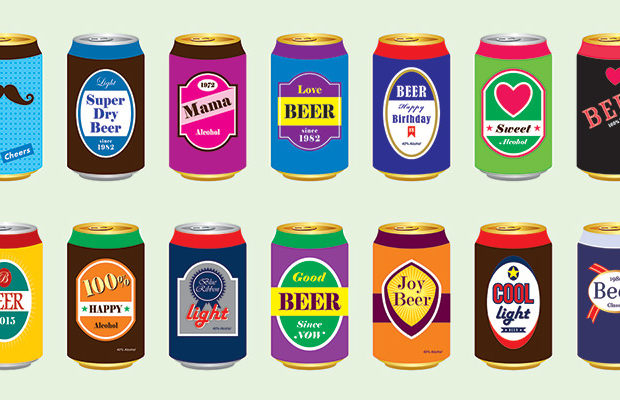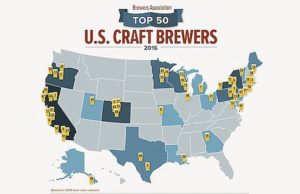This Day in History: The First Canned Beer Was Sold

Today is a great day to crack a cold one — a canned cold one — because on this day in 1933, the world was first exposed to the concept of canned beer.
The history of canned beer starts in 1909, more than a decade before Prohibition. The American Can Company was working on a prototype of a beer container that used aluminum rather than glass. Aluminum is stackable, light, and easy to throw across the room when a buddy needs a beer. Unfortunately, the company couldn’t figure out how to contain the 30 to 80 pounds-per-square-inch of carbonated pressure a can of beer exerts.
So humanity had to wait until 1933. It’s a shame, really, because if Americans could have experienced the joys of oat soda in a can, the country might have avoided Prohibition altogether. Instead, the American Can Company had it all figured out by the time Franklin Roosevelt legalized alcohol. It approached a company called Krueger, and offered to install their canning equipment for a test run of canned Krueger’s Finest Beer. Leaders at the brewery were against the move, but the owner, Gottfried Krueger, needed a new way to get people to buy beer. So Krueger, which is based in Newark, New Jersey, sent 2,000 cans of beer more than 300 miles away to Richmond, Virginia for a test run.
Turns out it was just what the company needed. This was right after Prohibition, after all, and Americans were capital “T” Thirsty. According to the History Channel, 91 percent of drinkers who tried the canned beer approved. That’s a 4 percent higher approval rating than the highest rated president when he entered office, and a 46 percent higher approval rating than the lowest rated president when he entered office.
The numbers inspired a revolution. Pabst and Shlitz followed soon after, and within two years, more than 30 breweries were slinging aluminum. For decades cans inspired further innovation, like the 24-pack, the 30-rack, and the shotgun. Old undrinkable cans of Coors Banquet have survived the Cubs’ World Series drought, and even snakes can’t get away from the things.
When craft beer started to become more popular, the can lost some of its cool. Bottles were back in. But now even craft beer has seen the usefulness of UV-blocking aluminum, and around 20 percent of growth in the craft beer industry from 2011 to 2014 came from cans, according to the Brewers Association.
With this in mind, the future looks bright for the 83-year-old invention. Crack one open and chug a beer for history.
Click here to view original web page at vinepair.com



















